Google Search has embraced the power of artificial intelligence (AI) to enhance its search capabilities. By integrating AI technologies, such as machine learning algorithms and natural language processing, Google can provide more accurate and personalized search results on its new SGE (Search Generative Experience), making it easier for users to find the information they need quickly and efficiently.
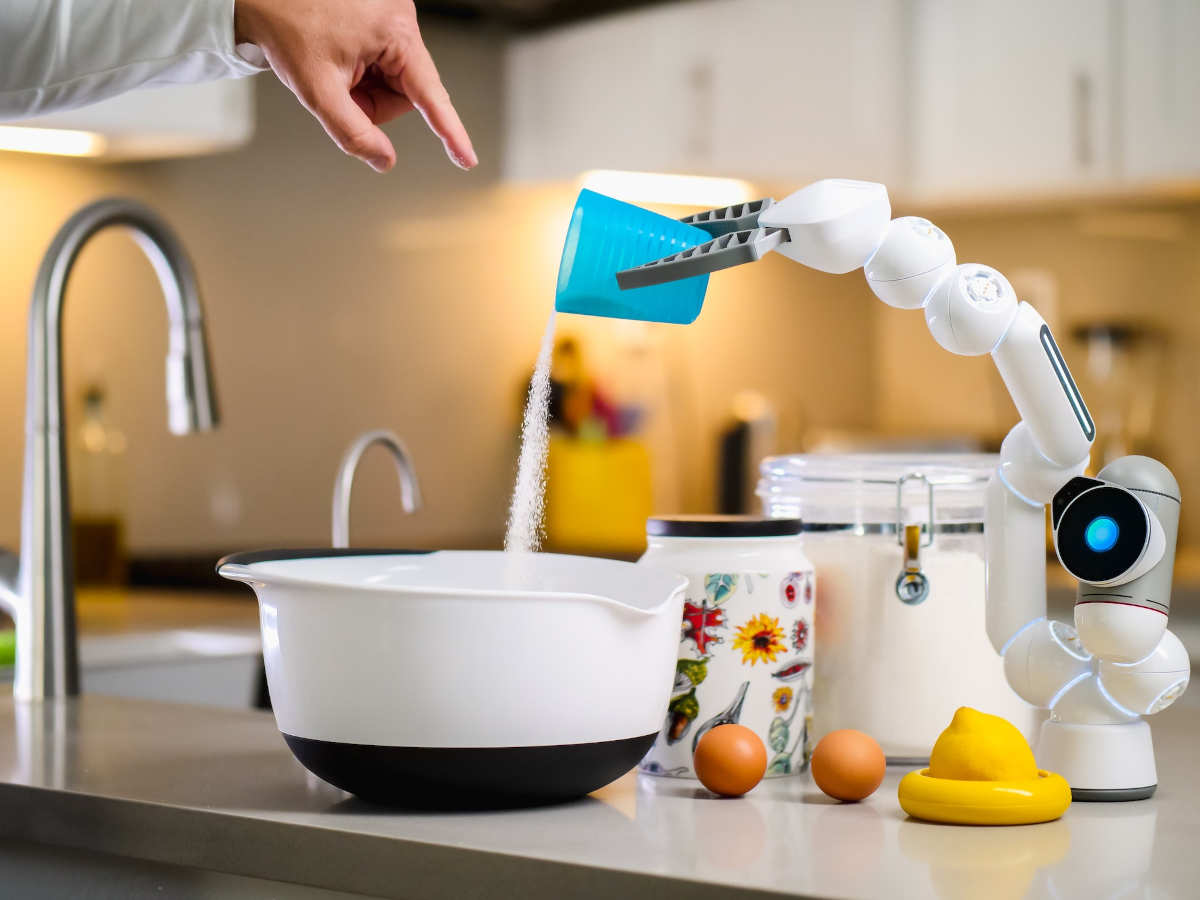
Food Bloggers like me are wondering what would happen to their existing or future business models with the upcoming AI technologies that can supersede the human caliber in numerous ways. The information shared by the bloggers in the online spectrum can be picked up quickly by the Algorithms of AI and appear in Search results in the top positions- SGE (Search Generative Experience)
Jump to:
The article by Google-'A New way to search within generative AI' suggests that SGE is all about enhancing user experience while searching for any topic on google by introducing new conversational mode of asking follow-up questions, ask new types of questions,and for product searches- SGE provides product descriptions that include relevant,up-to-date reviews, ratings, prices and product images. That said, there is always a possibility of biased results that may show up in SGE's results or contradictory results with other information shared in searches.
Positive Impact of AI on Food Blogging
Let's begin with how AI can help online food blogger's businesses positively.
Recipe Recommendations: AI algorithms can analyze user preferences, dietary restrictions, and past interactions to suggest personalized recipe recommendations, helping you cater to your audience's specific tastes and needs.
Content Generation: AI can assist in generating content ideas, creating recipe variations, and suggesting ingredient substitutions, providing you with inspiration and expanding your recipe repertoire.
Improved Food Photography: AI-powered image recognition and editing tools can enhance food photography by adjusting lighting, colors, and composition. This can help your dishes look more appealing and professional, attracting more readers to your blog.
SEO Optimization: AI tools can analyze search patterns and keyword trends, allowing you to optimize your blog posts for search engines. By incorporating relevant keywords and metadata, you can increase your visibility and attract more organic traffic.
Social Media Management: AI can automate social media posting, suggest optimal posting times, and even create engaging captions. This streamlines your social media presence and allows you to focus on creating content and engaging with your audience.
Data Analysis: AI-powered analytics tools can provide insights into your blog's performance, such as audience demographics, engagement metrics, and popular content. This data can help you tailor your content strategy and improve your blog's reach and impact.
Language Translation: Food bloggers can reach a broader international audience by utilizing ChatGPT's language translation capabilities. By providing translations of recipes and engaging with readers in their native languages, bloggers can expand their reach and attract a global following.
Recipe Personalization: AI algorithms can analyze user feedback and adapt recipes to individual preferences, dietary restrictions, or ingredient availability. This level of personalization enhances the user experience and makes your recipes more accessible and enjoyable for a wider audience.
By leveraging AI technologies, food bloggers can streamline their workflow, enhance content quality, and deliver a more personalized experience to their readers. Ultimately, AI can help you grow your audience, engage with your followers, and establish yourself as a trusted and influential voice in the food blogging community. It's important to note that while AI technologies like ChatGPT can enhance a food blogger's business, it is still essential for bloggers to maintain their unique voice and expertise. Human involvement and personal touch remain crucial for building a strong brand and connecting with the audience.
Negative Impacts on Food Blogging Business
Lack of Authenticity: AI-generated content can lack the personal touch, unique voice, and authenticity that readers often appreciate in food blogs. Automated content creation tools may produce generic or formulaic posts, resulting in a loss of connection with the audience and reduced engagement.
Algorithmic Bias: AI algorithms can unintentionally perpetuate biases present in the data they are trained on. This can affect the visibility and exposure of food bloggers from diverse backgrounds or with niche topics, leading to a lack of representation and fairness in the blogging community.
Overreliance on AI Recommendations: Relying heavily on AI-powered recommendation systems for content ideas or recipe suggestions can limit the creative exploration and experimentation of food bloggers. It may result in a cookie-cutter approach to content creation, hindering innovation and originality.
Privacy and Data Concerns: AI technologies often require access to user data to provide personalized experiences. Food bloggers need to be mindful of privacy concerns and ensure they handle user data responsibly, adhering to relevant data protection regulations and maintaining transparency with their audience.
Job Displacement: Some AI technologies, such as automated recipe generators or content creation tools, have the potential to replace human bloggers in certain areas. This could lead to job displacement and the loss of human creativity, storytelling, and the unique perspectives that bloggers bring to the table.
Decreased Connection with Readers: AI-powered chatbots or automated response systems may provide quick responses to reader inquiries but can lack the empathy and understanding that human interaction offers. This can result in a diminished connection between bloggers and their audience, potentially impacting the sense of community and engagement.
If you are generating text from AI technologies, make sure to run that through a plagiarism software.
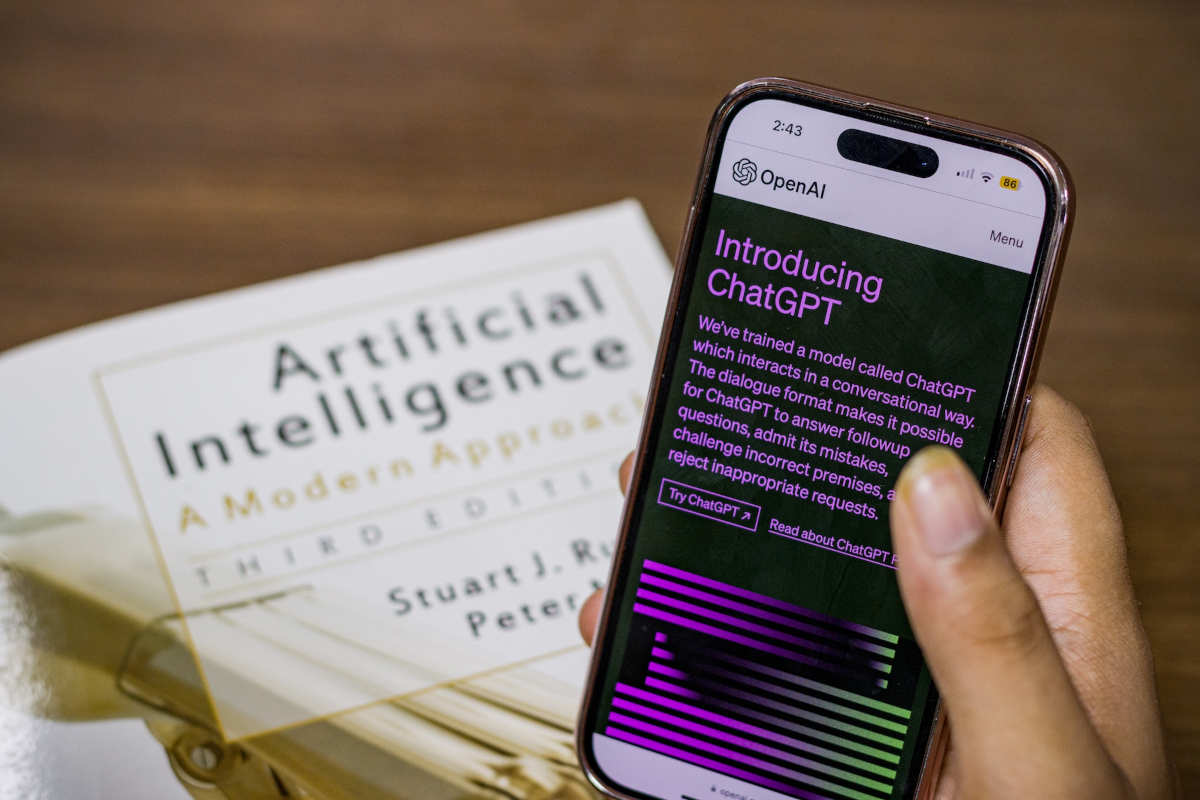
Impact of SGE- A Concern To Food Bloggers
When Google introduces new AI-driven features or updates in its new search- SGE, it aims to improve the search experience by delivering more relevant and personalized results to users. This can impact the visibility and ranking of websites in search results, subsequently influencing organic traffic.
While searching about how AI technologies would keep me (a food blogger) out of business, I stumbled upon the podcast of Brandon Gaille. I am so glad that I did and I highly recommend you to listen to his elaborate analysis. I would brief his amazing suggestions and findings about the concerns we as food bloggers may have when google search includes Generative AI's inputs and its impact on the organic traffic.
1. SGE would be rolled out fully by the end of 2023
Google's new Search Generative experience (SGE) would be exposed to US population in high numbers at the end of 2023. Major chunk of Ad income generated by any blog is from US visitors. This year 2023 won't show any big changes in terms of traffic drop or ad income. However, gradually in 2024, the impact on these parameters(traffic drop and hence income decline) would be more evident.
SGE would post the results analyzed by it's own AI first in the search. The New AI Featured Snippet would be first shown in the search results made by any user. The example of a search made in India on a general science class 5 question: 'What chemical is responsible for the pleasant smell of some leaves and fruits?' resulted in this output on the search engine:
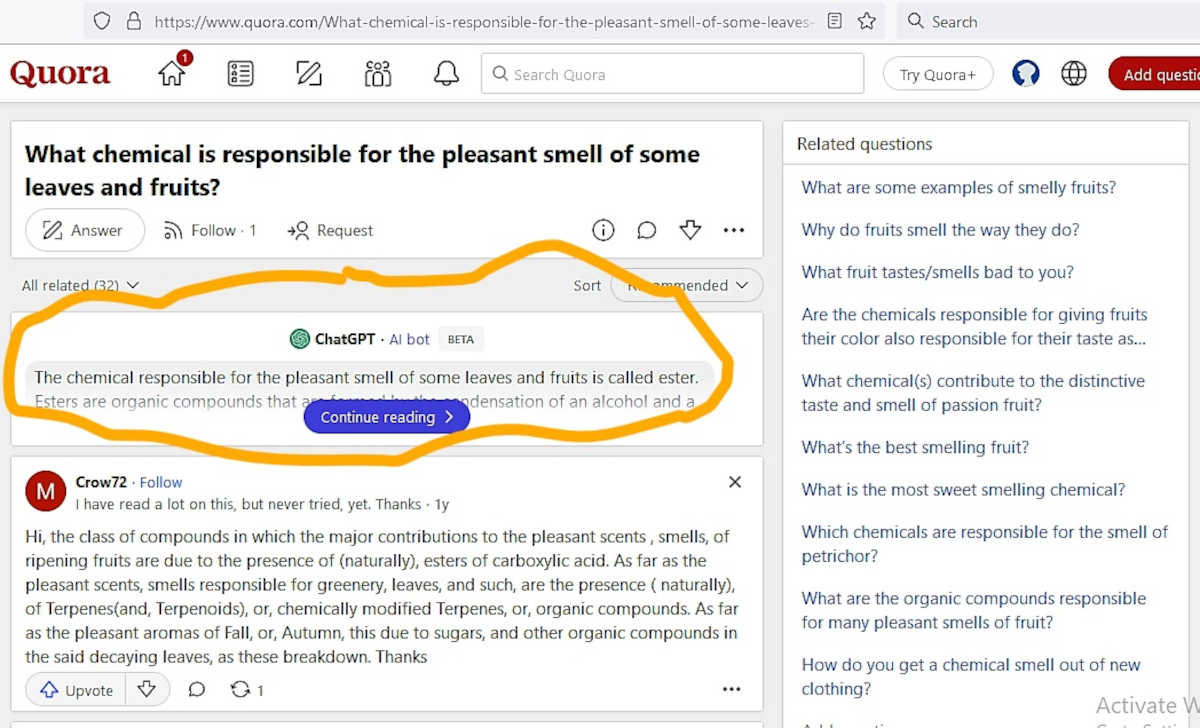
On clicking the button continue reading, the following window opens within the Quora result page tab->
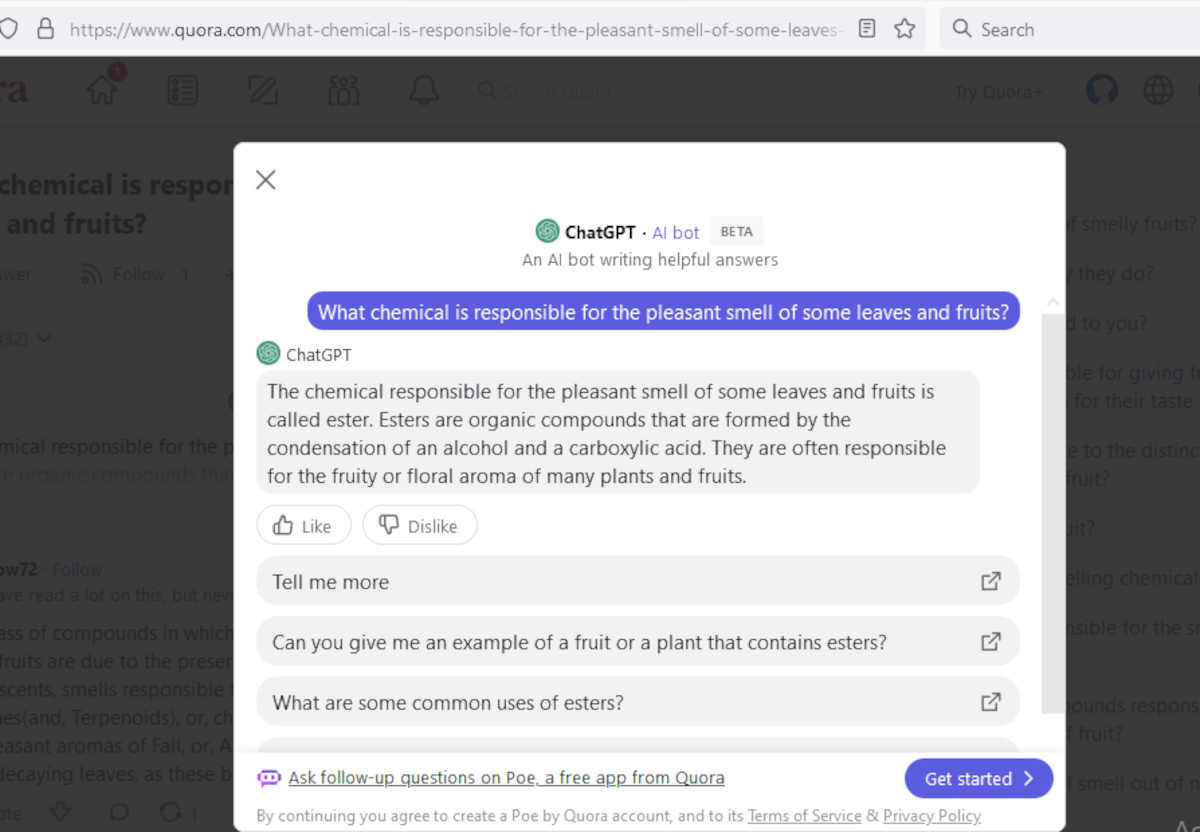
2. How New AI Featured Snippet Fits in the existing search model of Google
Height of the new AI featured snippet would be 3 times higher than the present featured snippet. as from the above example, when the user clicks on Continue Reading, the snippet takes up the major space on the screen (the above is desktop view). For mobile view, the 100% screen would be occupied by the AI featured snippet.
Below this AI featured snippet, there are usual search results. Also, at the bottom is an Ask Follow-Up Questions button (See the above image). That means, if user clicks on this button, it would be taken to a conversational mode of the AI and the first page rankings would be gone from the user's view.
The AI Snippet would also list out 3 links that helped it generate the snippet. These 3 links would ideally be from the top 10 search results. However, the placement of links would be to the right of the snippet unlike the classical snippet which shows the links right below it.
Essentially, it's the history repeating itself. When Featured snippet (the present one) was introduced, the same concern of losing traffic (and hence income) was raised by the bloggers. But that didn't happen exactly.
Potential organic traffic loss estimated by the Brandon is from 10% to 21% in various niche, of which food would account for 14%.
There is also a mention by Google that if it's algorithm can't find high quality data for a search item, AI snippet would be shown with Data Voids. Look for low competition keywords to target so that AI snippet hits Data Void.
Conclusion
Since Google heavily relies on the ad income made by bloggers, Google would have a financial interest to sustain the blogs. Google has the highest market share and no competitor can outshine it.
Google would keep looking for blogs with high-quality results in order to generate it's own AI Snippet. Those high quality results would be picked up from top ten search results. In order to appear in those searches, one has to create quality content with human touch and not generated by ChatGPT or any such AI technologies.
There seems to be lot of unknowns here yet the elaborate analysis made by Brandon keeps us calm and prepared for the future.



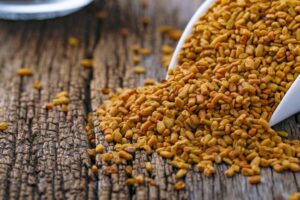

Share your Views